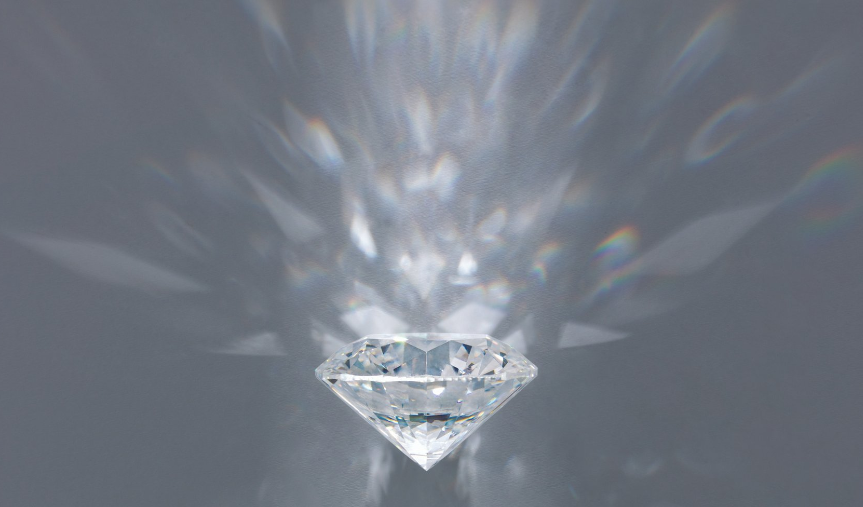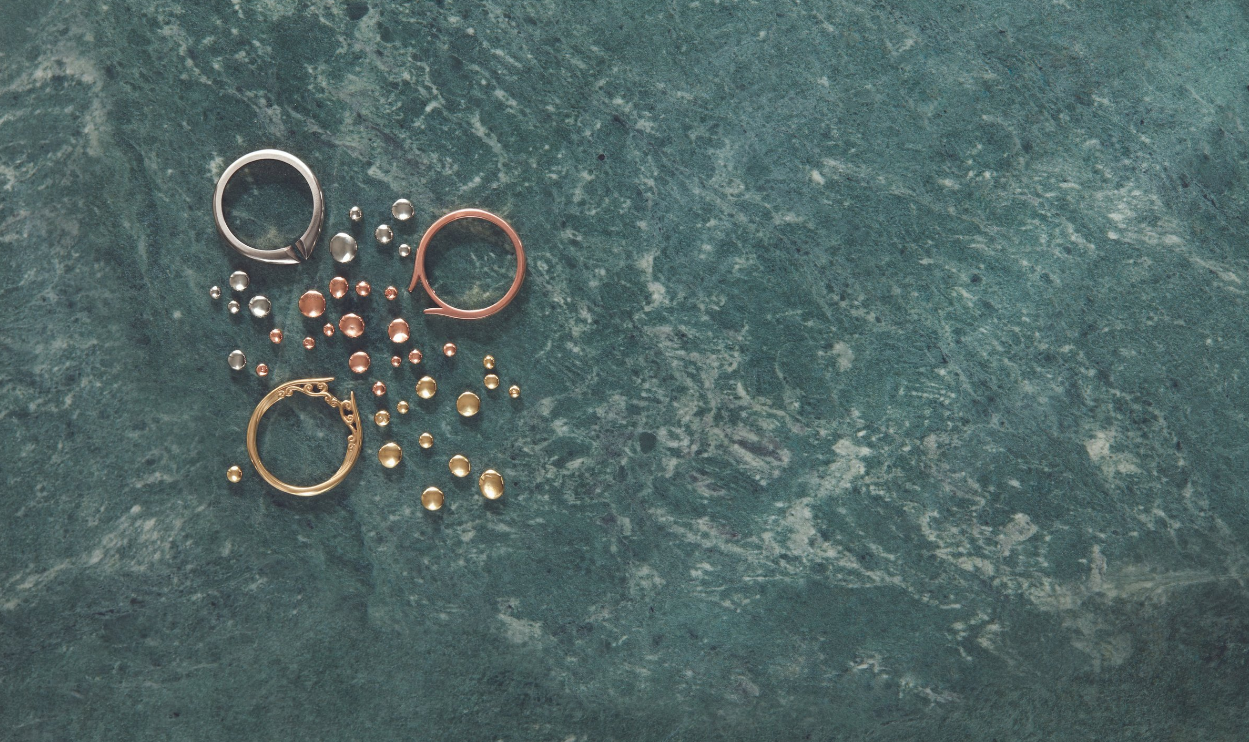Article: Diamond Guide

Diamond Guide
Buying a diamond is a very personal experience. Diamonds can be bought to signify love, significant accomplishments, milestones in your life or that of a gift's recipient. Unlike when you buy clothing, electronics, or cars, the features of a diamond may not seem quite so obvious to you. We would like to change that. The more you know about your diamond jewelry, the more confident you will feel when making your diamond jewelry choices. Take a moment to learn more about the 4Cs and find out how they play a an important role in making your diamond jewelry unique.
Cut
A diamond’s overall proportions, as well as the size and position of its facets, make up the cut. The consistency and balance of these can greatly affect how the stone captures light and reflects it back to the eye.
Studies have been conducted to find the optimum proportions of a diamond’s cut so that it has the greatest amount of sparkle. If its cut falls within these parameters, it is considered an ideal cut. Commonly used terms regarding refraction and light:
- Brilliance—the combination of all of the white light reflected from the surface and the inside of the diamond.
- Dispersion—flashes of color you see in a polished diamond. Dispersion is also known as fire.
- Scintillation—flashes of light you see when the diamond, the light, or the observer moves.

Color
One factor that determines the value of a diamond is its color. With the exception of fancy-colored diamonds, the most valuable diamonds are those with the least color. Although many people think of gem-quality diamonds as colorless, completely colorless diamonds are very rare.
Each letter grade represents a range of color that is determined by a manual process of comparing the diamond to a master set.'

Clarity
A diamond’s clarity is measured by the existence or absence of visible flaws. Tiny surface blemishes or internal inclusions, even those seen only under magnification, can alter the brilliance of the diamond and thus affect its value.

Carat Weight
Carat refers to the diamond’s weight. You may also hear the weight of a diamond referred to in points. One carat is equivalent to 100 points, so a 75-point diamond is equal to 0.75 carats. Because they are rarer, larger diamonds have greater value per carat. Therefore, the price of a diamond rises exponentially in regards to its size.


